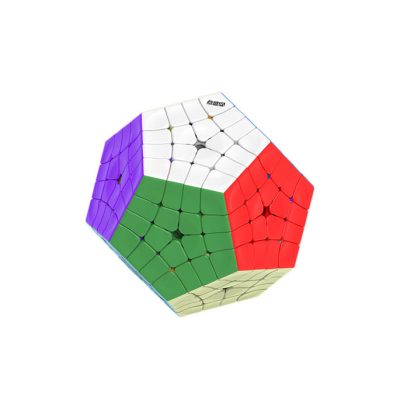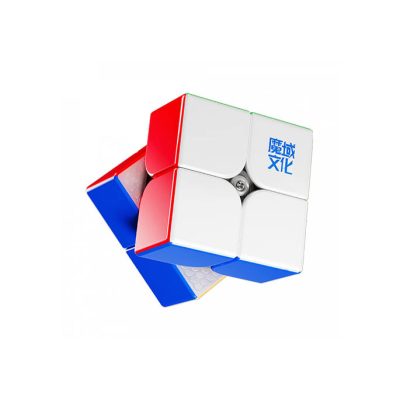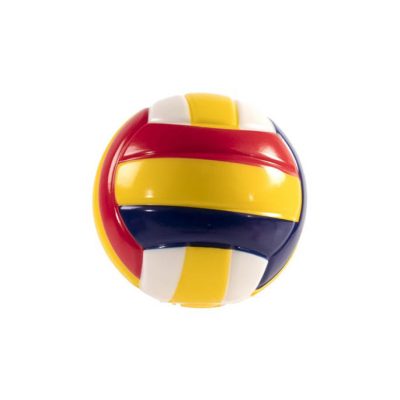How do I apply weathering to my modeling?
There are several techniques you can use to make a model build lifelike and time-barred. The collective name of these techniques and methods is called weathering. But how do you put this to good use to achieve the best results? We are happy to tell you more about these techniques and what exactly weathering your modeling involves.
What is weathering modeling?
Weathering is another word for “weathering. Weathoning is all about working a new model so that it looks like it has been used for years. Think rust, expired paint, oil stains, bullet holes and battle damage. Opinions on weathering differ. On the contrary, one person thinks it’s tremendously cool while another sees it as depreciating. We at Speedcube.co.uk really find weathering a plus for building models as it paints a much truer picture. The building model jumps to life much more and the plastic feel diminishes. We offer a wide range of products of both motorcycles and other cool vehicles.
The weathering techniques for model making
If you want to weather a model, there are several techniques you can use to accomplish this. We explain these weathering techniques in more detail below.
Washes
The washes are available in both enamel and acrylic and are ideal for aging model projects. With washes it is possible to get many different effects, such as adding shadows, creating dust and dirt around the details of your model, and enhancing pigments for better color transition. This technique also offers the opportunity to add accents.
Pigments
Another way to add weathering effects to your building model works and landscapes, such as dioramas, is with the use of pigments. It allows you to quickly and easily apply ash, dust layers and other realistic effects. If you want to use pigments to bring your model to life.
Weathering your building projects is often not just the application of a single color, but usually involves building up multiple layers. Take, for example, reworking a wall that has been cast in plaster; this often requires 3 to 4 coats to get the aged look.
Pencils for weathering
Did you know that you can add weathering effects to your model even with pencils? With pencils, you can use shore many ways and incorporate various effects. So you can apply shadows, rust, dust, smoke and many other effects. With pencils, you can add a lifelike look to your model kits.
Streaking grime
Streaking grime is a great technique for weathering in model making. This process involves applying thin lines or streaks of dirt and contaminants to the surface of the model, giving it a realistic aged appearance. Products such as streaking grime enamel or acrylic paints, are designed to best achieve this effect. Use them on vehicles, buildings or other models to recreate the impression of water or dust flows over time.
Filters
Filters are another way to weather your modeling. Filters allow you to make subtle color adjustments to model projects, creating realistic aging effects. These filters are available in many colors and are normally applied to model work in a diluted manner. With filters you soften colors, can add nuances and make details more visible. Use filters to mimic effects such as dust, sunlight or aging and to create camouflage patterns.
Filters are ideal for satin and matte surfaces and dry quickly. Just know that for a matte surface, you need one to two coats. While satin surfaces need multiple coats to get a good weathering effect on your modeling. Satin takes longer to dry, so check regularly during drying to make sure the filter is still well distributed on the surface.
Modeling with Speedcube
Now you know all the techniques you can use to add a weathering effect to your model work. Of course, this is not possible if you have not first assembled a construction model. Therefore, at Speedcube.co.uk we offer a wide range of building models. So you can order the nicest vehicles, weapons and ships from us and then weathervane them your way. Start your next construction project and check out our entire selection.
Much viewed
More blogs

GAN Speedcubes: Innovation and Perfection in the World of Rubik’s Cubes

GAN Speedcubes: Innovation and Perfection in the World of Rubik’s Cubes





